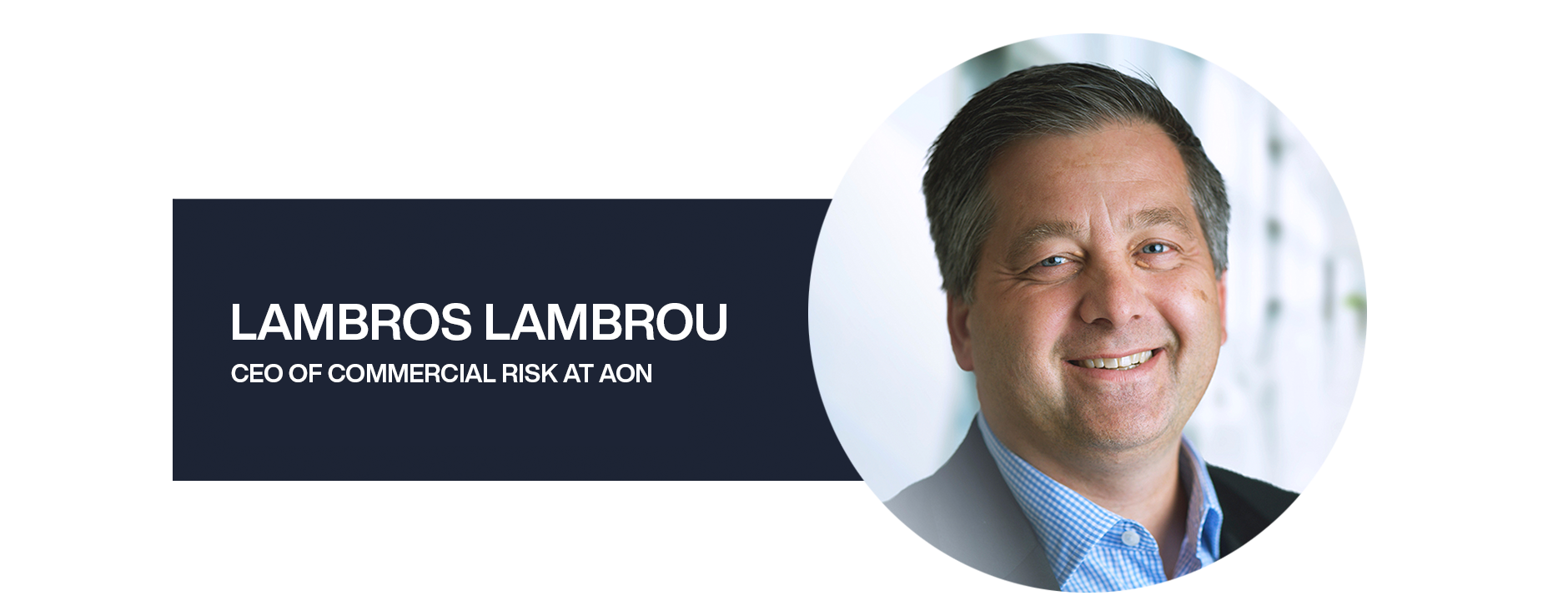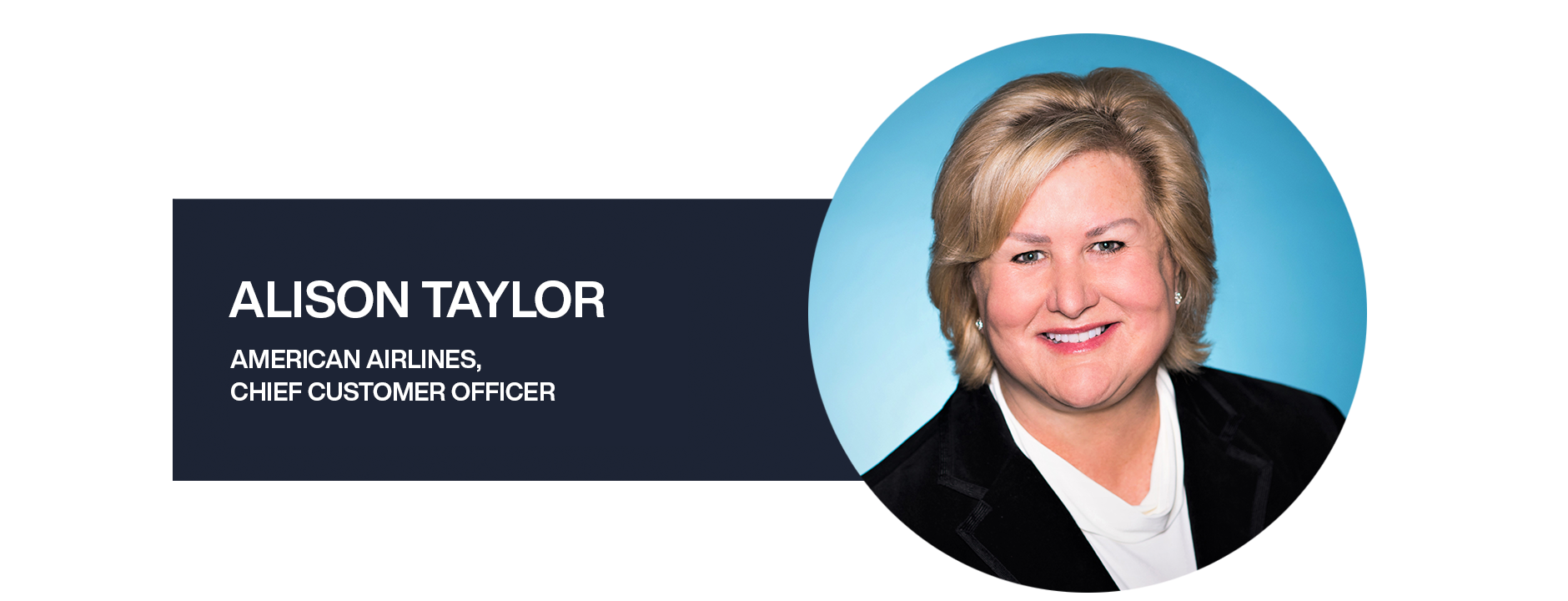How to Make Better Business Decisions in Volatile Times
Real-life lessons in resilience from airlines to golf organizations
As shock waves from the COVID-19 pandemic battered businesses around the globe, an industry built on getting people places quickly was required to adapt on the fly.
Air travelers, after all, had new needs and concerns, and as the world emerged from lockdowns, airlines needed new solutions.
“Everyone was looking for a self-service, touch-less experience at the airport,” says Alison Taylor, American Airlines Chief Customer Officer. “The airline industry is not exactly known for quick innovation, but in this case that’s what we had to do.”
So it goes across sectors, in organizations large and small.
While change in business has always been a constant, never has it been more forceful or widespread.
In an increasingly complex world, interconnected by technology and challenged by traditional and emerging forms of risk, leaders in nearly every industry are confronting unprecedented levels of uncertainty.
“Volatility is off the charts right now, whether that is financial volatility, talent volatility or any number of other shifts.”

Faced with an evolving environment, C-suite executives are under growing pressure as they respond to challenges on multiple fronts. The decisions they make require insight and foresight and depend on the most current and relevant facts.
Aon provides clients with that critical perspective, offering insights and expertise that help business leaders make better decisions. Aon’s understanding of the business landscape is shaped by in-depth research and real-time information such as Aon’s Global Risk Management Survey, which gathers input from risk managers across 60 countries and 16 industries to identify the greatest challenges organizations face.
“Traditionally, a lot of advice that organizations have gotten has used historical data to predict the future,” Lambrou says. “History is no longer a determinate. And so how we think about and share data and associated insights makes all the difference in how we inform clients through their decision-making. It permeates virtually every decision we’re involved with.”
The value of this approach was made plain in September at an executive forum convened by Aon, at the Ryder Cup in Kohler, Wisconsin. In a robust conversation of thought leaders grappling with similar challenges, Lambrou and other C-suite leaders from the sports and business worlds discussed how analytics and insights can illuminate the best path forward.

In today’s business climate, what often complicates decision-making is that many sources of volatility are intertwined, making it tough to separate potential pitfalls from their associated opportunities. Lambrou cited the case of technology: Even as it has allowed greater workforce flexibility and helped keep colleagues connected regardless of their physical location, it has also exposed new vulnerabilities. In a recent survey conducted by Aon on technology and the evolution of workforce environments, only 40 percent of organizations said they were confident their cybersecurity strategies provided adequate protection and support.
“I use this example because you’ve started with something workforce-related and it ends up being a cyber issue,” Lambrou told the audience. “That interconnectivity of risk, along with the need to model risk differently, is creating very different discussions with clients and ultimately leading them to have to rethink the way that they make decisions.”
Singular purpose leads to decisive action
The speed and force of the COVID-19 pandemic has required accelerated innovation across industries. American Airlines knew that it had no choice. At the executive forum in Wisconsin, Taylor, American’s Chief Customer Officer, described the sudden transformation of business practices in a sector where safety is always a top concern. In response to a sudden demand for a touchless, self-service airport experience, American overhauled 3,000 kiosks at 194 airports in a matter of weeks.
At the same time, American was the first airline to make VeriFLY, an app developed with health partner Daon, available to customers to help them understand a destination’s travel requirements and obtain a mobile pass to prove completion of those requirements. Americans’ success prompted several other airlines to adopt the app as well.
Informed by data, clear-eyed decisions by its leaders put American at the forefront of critically important industry-wide change.
“Everyone was looking for a self-service, touch-less experience at the airport. The airline industry is not exactly known for quick innovation, but in this case that’s what we had to do.”

The key to resilience is to understand what’s important now
Insight clarifies each situation and helps identify needed actions. The better your information, the more decisively you can act.
This point was reiterated at the forum by Paul Azinger, the former PGA Tour star who played a celebrated role as U.S. Ryder Cup captain in 2008, when his leadership was credited with helping break a prolonged American losing streak.
In the run-up to that year’s competition, Azinger recalled, he spent countless hours in preparation, shaping his roster and mapping a strategy to best deploy it. But much of that went out the window as the competition got underway.
In the cauldron of the captain’s seat, knowing that he needed to take clearheaded action, Azinger remembered a motivational speech that football legend Lou Holtz had given in the American team room prior to the competition.
“Lou Holz shared an acronym with us. Win. As in, W-I-N. That stands for ‘What’s important now.’”

Azinger pinpointed his top priority: He needed to find a way to inspire his squad quickly.
Two key pairings were trailing in their matches: Chad Campbell and Stewart Cink, and Phil Mickelson and Anthony Kim.
Based on what he knew about their personalities, Azinger decided that each would respond best to a different message. Where Mickelson and Kim might be motivated by a challenge (“Come on, guys, I thought you were going to show off for me”), Campbell and Cink would benefit from encouragement.
“Those two had just given away a hole, and they had a 300-yard walk to the next tee,” Azinger said. “I just said, ‘Bad news is, you’re four down after six. Good news is, they’ve set themselves up for the greatest choke ever.’”
Then he reminded them what Holtz had said.
“W-I-N: what’s important now?” Azinger repeated. “You’ve got 300 yards to figure it out as you walk to the next hole. Go get it.”
The tactic worked.
Aon is also helping its clients build resilience and discover opportunities by recognizing what’s important now.
“Because of the size and the severity of the risks that we see, our clients are getting much, much more involved in these discussions, because they are looking forward,” Lambrou said.
And looking to partners like Aon to help guide the way.
